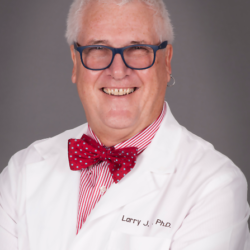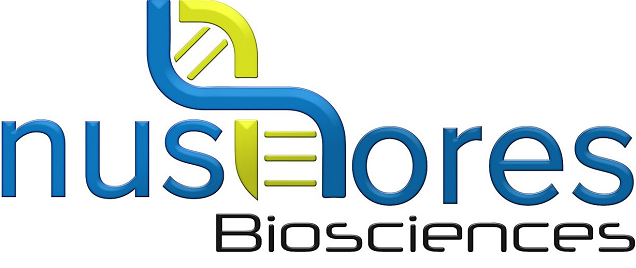
About Dr. Suva
Larry J. Suva PhD, a native of Australia and as of 2009 a US citizen, has been a tenured professor at Texas A&M University College of Veterinary Medicine and Biomedical Sciences and department head of Veterinary Physiology and Pharmacology since 2015. Prior to this appointment he served as professor and inaugural holder of the Carl L. Nelson endowed chair in Orthopaedic Creativity in the Departments of Orthopaedic Surgery and Physiology & Biophysics in the College of Medicine and Director of The Center for Orthopaedic Research at UAMS. Suva earned his undergraduate degree in Chemistry and Biochemistry at Swinburne University, Melbourne Australia in 1981 and a doctorate in Medicine from the University of Melbourne in 1989. He performed postdoctoral research at Merck Research Laboratories during the development of the world’s first osteoporosis treatment. He subsequently accepted a junior faculty position at Harvard Medical School before a return to a leadership role in industry at GlaxoSmithKline.
In the area of science policy and advocacy, he has been an active and frequent advocate of the value and need for continued biomedical research to both local legislators as well as elected members of the US Congress. In addition, he has served as President of the AIMM/ASBMR John Haddad Young Investigators Meeting, was elected to the American Society for Bone and Mineral Research (ASBMR) Council (2000-2003), served on the planning committees for the Endocrine Society and the Orthopaedic Research Society, as well as serving as chair of the FASEB International Issues Sub-committee and has served on numerous NIH and NASA study sections.
Dr. Suva has had a nationally funded and world-recognized research program focused on the skeletal complications of disease for more than 20 years. Dr. Suva has currently authored >150 peer-reviewed papers, 8 patents (issued and pending), 93 invited lectures, and has trained an outstanding group of doctoral students over his academic career. Currently, he is PI, Co-PI or Co-I on 4 active NIH R01 level grants.

